Educators play a critical role in developing a young child’s understanding of culture and human differences. By creating a learning environment that features culturally relevant and diverse products and programming, early childhood teachers can provide children with the space to explore cultural differences and similarities with respect and sensitivity.
Opportunities to Bring Cultural Awareness to Your Classroom
Representing culture in the classroom shouldn’t center around “celebration” days. Instead, early childhood educators can focus on more natural and inclusive ways to share about, learn from, and experience cultures already represented in the classroom and community around them.
1. Encourage Families to Share & Participate
Each child comes from their own family culture and background. Consider reaching out to the most natural source for valuable cultural information: the families and caregivers of the students in your class. They may be interested in sharing with you and your students.
Actively seeking out opportunities for children to hear about the culture of other students in the class can be a step towards celebrating differences. Students can begin to see many of the ways in which they are similar to each other, but also appreciate and understand more about the world’s vast cultural diversity.
2. Create a Multicultural Classroom with Tools & Supplies
Offering supplies representative of different cultures and backgrounds can allow students to see that unique appearances, choices, traditions, and languages are all a part of being human.
Manipulatives and art supplies can help to represent human differences during these critical years when young children are learning to identify aspects of themselves and the people around them. Everything from variations in skin color to genders and food choices can be represented in positive and engaging ways.
3. Challenge Biased Attitudes and Language in the Classroom
Children naturally begin to ask questions about differences between themselves and the people around them by age three. For early childhood educators, it’s crucial to step in and discourage the expression of biased language, attitudes, or actions.
Early childhood educators play a role in discouraging biases and stereotyping early on. However, instead of scolding young children for simply verbalizing or acting on biases, educators can explain why it’s essential not to use bias and stereotypes to categorize others. Taking the time to explain may require patience and repetition, but students can begin to see how their perspectives and biases may negatively affect those around them.
More Early Childhood Inspiration & Ideas
To find more ways to engage and inspire early childhood learners, be sure to visit the Early Childhood category page and see what’s new! Check out our online store for thousands of teacher favorite products and classroom supplies. Make this year stand out and get your students moving and engaged in new ways with the right tools from School Specialty.

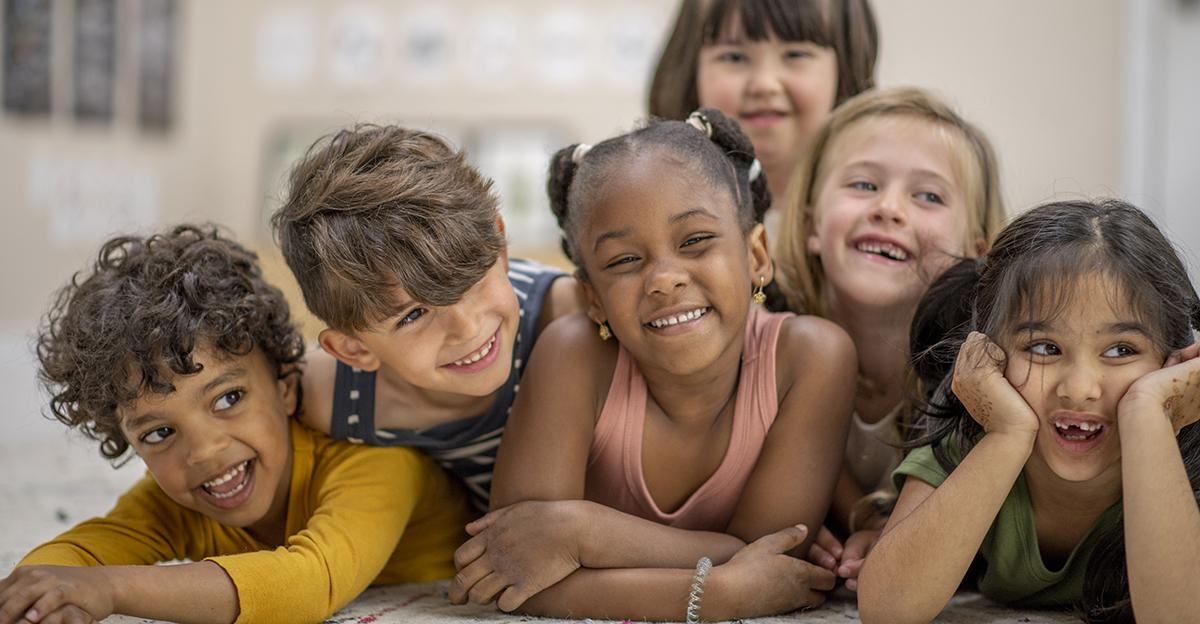
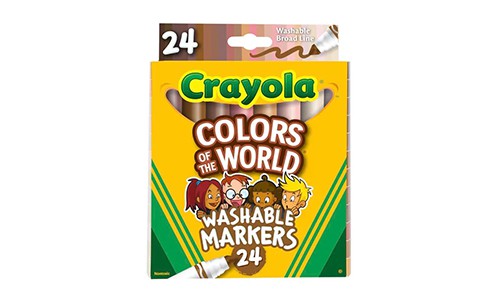
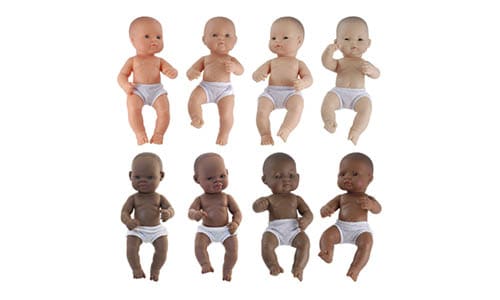
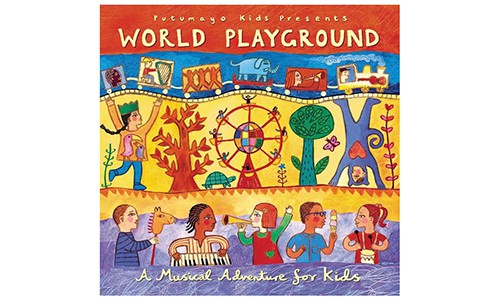
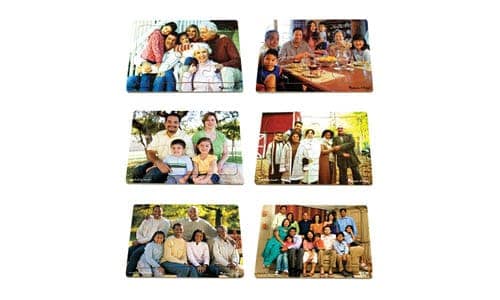

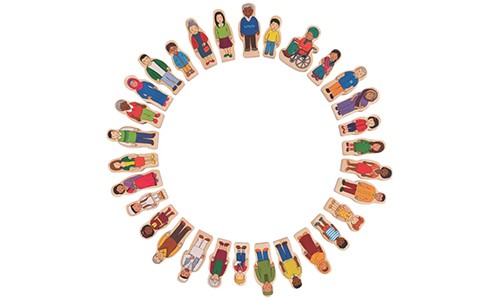
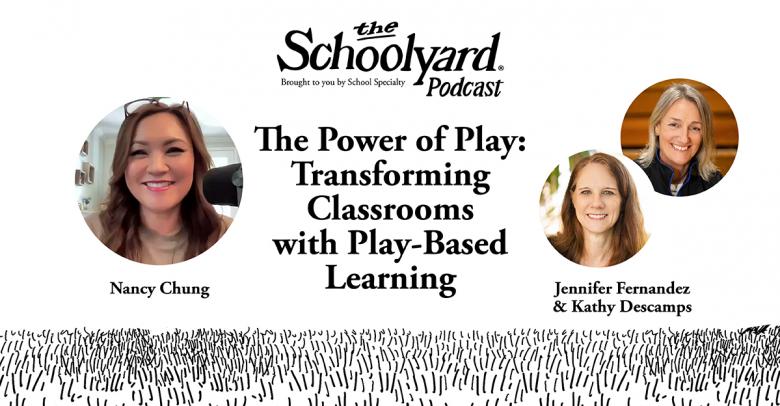

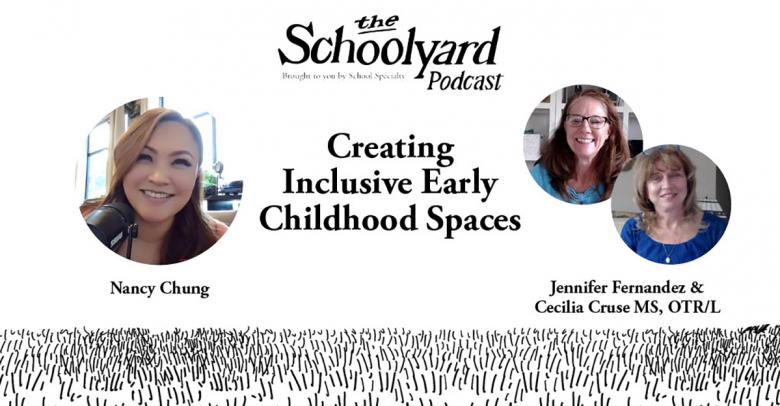

Thanks for your valuable input! Your perspectives contribute to our ongoing efforts to promote diversity and cultural understanding in education.